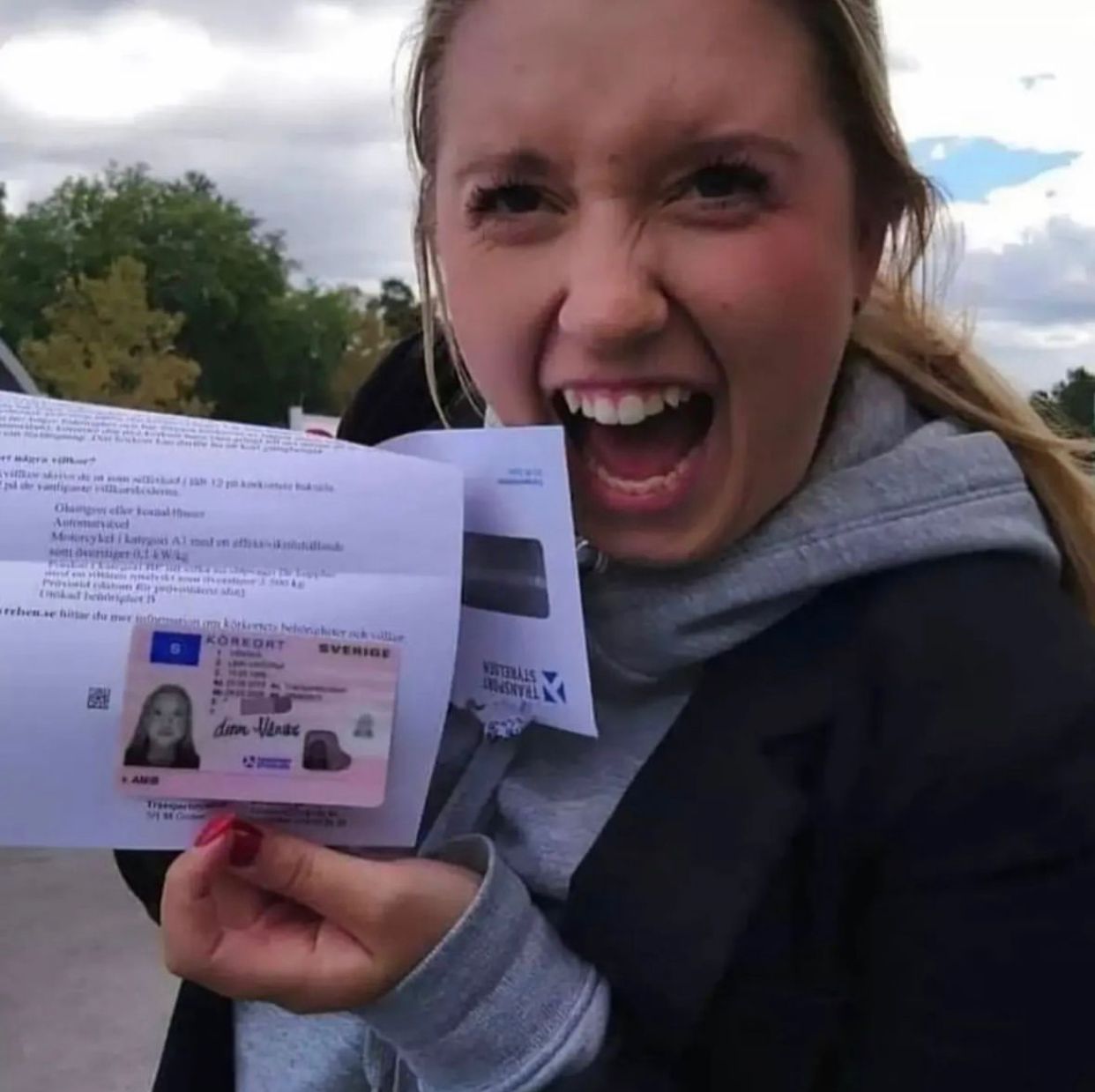Navigating the New Landscape of Driving License ID Handling in 2025
In every society, the driving license acts as a vital document, not just as a proof of the ability to run a lorry however also as a recognition tool. As we enter 2025, substantial modifications have emerged regarding the handling and management of driving licenses, mainly affected by advances in innovation, evolving guidelines, and the requirement for enhanced security procedures. This post aims to deliver a detailed introduction of driving license ID handling in 2025, clarifying the technologies included, the approaching legal changes, and supplying answers to common questions.
The Transition to Digital Driving Licenses
One of the most noteworthy changes in driving license ID handling is the widespread adoption of digital driving licenses. These digital licenses are kept digitally on smart devices, providing multiple conveniences to both motorists and authorities. In the United States, for circumstances, many states have actually started executing digital driver's licenses, while nations such as Canada and the UK are expected to follow fit soon.
Key Benefits of Digital Driving Licenses
- Convenience: Easily available on mobile devices, eliminating the need to carry physical copies.
- Enhanced Security: Incorporating biometric functions and file encryption assists to fight identity theft and fraud.
- Real-time Updates: Immediate updates to personal information, such as modifications in address or status, improve precision.
Difficulties and Concerns
In spite of the benefits, the transition to digital licenses provides difficulties, consisting of issues about personal privacy, cybersecurity threats, and the digital divide affecting those without access to mobile phones or the web.
Modifications in Regulatory Framework
As we head into 2025, several regulations surrounding driving licenses have come under examination and transformation. Governments and regulative bodies are concentrating on making sure that driving licenses are secure, valid, and released in compliance with established laws.
Secret Legislative Trends
Standardized ID Formats: Countries are moving towards a standardized format for driving licenses to enhance validation and enhance security.
Increased Verification Procedures: Authorities are now utilizing innovative approaches such as facial recognition and AI to improve verification procedures at checkpoints.
Focus on Sustainability: With growing ecological issues, lots of states are choosing environmentally friendly products for physical licenses and checking out robust digital alternatives.
Age and Identity Verification: Enhanced steps are being put in location to accurately confirm the age and identity of drivers, specifically in contexts where age-related laws apply to driving.
The Global Perspective: State-By-State Comparison
| Country | Digital License Implementation | Present Regulations | Notable Features |
|---|
| United States | Numerous states in progress | Varies by state, efforts to merge formats | QR codes for easy validation |
| Canada | In pilot stages | Standardized identification across provinces | Combination with health IDs |
| UK | Early adoption phase | Emphasis on kortkort körkortsbild online, myers-trujillo.blogbright.net, renewal and information updates | Digital verification through the app |
| Australia | Under factor to consider | Increasingly stringent recognition protocols | Focus on scams prevention |
The Role of Technology in ID Handling
Innovation is transforming how driving licenses are dealt with. AI, blockchain, and köpa Körkort i sverige biometrics are becoming integral to driving license issuance and verification.
Innovations Shaping the Future
Artificial Intelligence: AI algorithms are now made use of for recognizing patterns in driving behaviors, which can notify insurance coverage premiums and legal implications.
Blockchain Technology: Ensuring the integrity and credibility of driving license information, blockchain technology permits safe and secure sharing of info in between authorities without fear of tampering.
Biometrics: Increasingly, biometric systems are executed at the point of issuance and confirmation, such as facial recognition and finger print scanners, to ensure safe identity verification.
Potential Impacts of Emerging Technologies
The implementation of these technologies can lead to enhanced reliability and security of driving IDs, however it raises questions about data personal privacy and körkortet online - risager-zhu-3.technetbloggers.de - user permission.
Often Asked Questions (FAQs)
1. What should I do if my digital driving license is lost or stolen?
You should right away report the loss or theft to your local motor automobile company. The majority of digital licenses have built-in features to disable access from another location.
2. Are digital driving licenses accepted all over?
As of 2025, acceptance of digital licenses differs by region. It's encouraged to bring both digital and physical copies when traveling across state or national borders.
3. Can I upgrade my information on a digital driving license?
Yes, updates can often be made through the associated mobile application or website of the issuing authority.
4. What are the security steps for digital licenses?
Digital licenses usually include functions such as encryption, two-factor authentication, and biometric verification to improve security.
5. How will conventional driving licenses be affected?
The move towards digital licenses might lower the issuance of physical licenses, but they will still be readily available for those not able to access digital options.
As we advance into a new age in 2025, the handling of driving licenses is enhancing to satisfy the demands of contemporary society. Through technological advancements and Juridiskt körkort online; https://Blogfreely.Net/museumchief2/3-Reasons-commonly-cited-For-why-your-buy-am-driving-license-online-isnt, regulative reforms, individuals can expect a more safe, effective, and structured procedure for acquiring and handling their driving licenses. However, as digital solutions multiply, it remains important to address difficulties relating to personal privacy, security, and ease of access, ensuring equitable road gain access to for all drivers while protecting individual information. As governments around the world continue to adapt to these changes, the future of driving license ID handling is set to be both vibrant and transformative.
